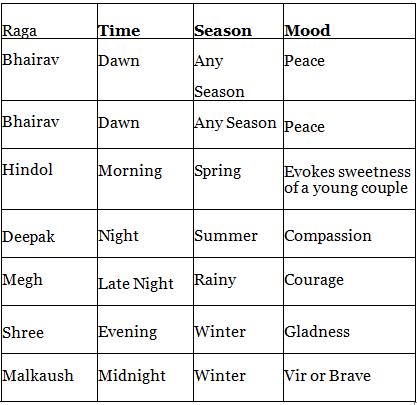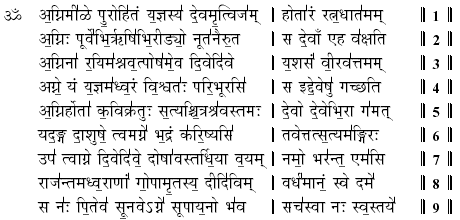

This happened because the north of India started to get frequent invasions from Muslims coming from the west. there was a division in two different musical systems: the southern one (Carnatic) and the northern one (Hindustan) Indian music developed more and more creating different raga, bhajan, kirtan, musical exercises etc.ĭuring the XII and XIII century A.D. The ‘Raga’ is a particular arrangement of a sequence of note in a particular descending and ascending order each raga has a particular “performing rule and it’s associated to particular “mood” and time of the day.ĭuring the course of the centuries, thanks to the contribution of different musicians like Bharata, Matanga, Sarangadeva, etc. Those seven notes, used to chant the Sama Veda become the first Raga, and according to Sakuntala Narasimahan (invitation to Indian music), this raga correspond to Kharaharapriya Raga of the Carnatic musical system. To the original tetra chord, there were added three more notes, giving the result of the first scale of seven notes. In the Sama Veda we can trace the real origin of the Indian music. In the Yajur Veda the way to sing the hymns is modified and here is possible to see two principal notes and two accents in the way that the first concept of tetra chord is formed.

The Yajur Veda, mention the Vina (traditional Indian instrument, the one that Saraswati plays in the picture below), as musical support during the vocal recitation of the ceremonies. The Rig Veda is the most ancient, the recitation of the Rig Veda at the beginning was done in monotone, and later developed to include up to three tones: a principal tone and two accents, one higher (uddatta) and one lower (anudatta). The literature in the Veda is divided into 4 parts: The Vedas are a collection of hymns in Sanskrit language. The origin of Indian music should be traced back to the Vedas. Be absorbed in the all pervading stillness.” “With total attention, listen to the sound of a stringed instrument, or any other musical instrument.


 0 kommentar(er)
0 kommentar(er)
